How Billionaire Aviator Howard Hughes Blazed a Trail for Business Tycoons
The enigmatic entrepreneur made a huge impact on the airline, engineering, entertainment, and hospitality industries.
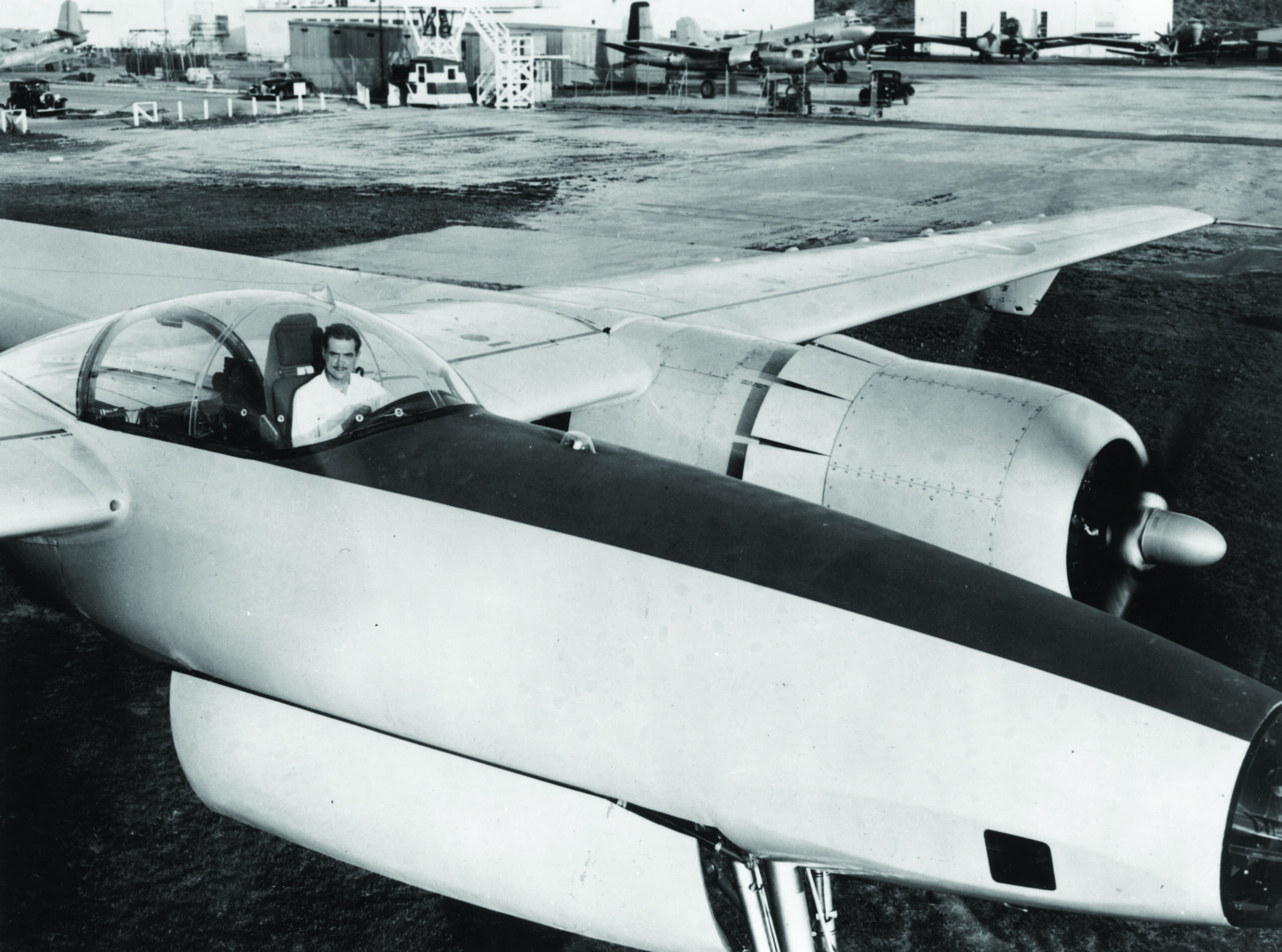
Throughout American history, larger-than-life business leaders have come to exemplify, and often define, the eras in which they lived. Try imagining an America devoid of Cornelius Vanderbilt’s railroad and shipping empire of the 19th century, which not only opened the American West but helped create the very geographic layout of the nation we live in today. What would America’s story look like if not for the role of Andrew Carnegie’s Carnegie Steel or John D. Rockefeller’s Standard Oil? Would Wall Street be the global center of commerce if not for pioneers like J.P. Morgan?
Howard Hughes holds a similar place in the American narrative, albeit one that has less in common with the business titans of yesteryear than with those who would inherit his legacy of entrepreneurship in the 21st century. While he is rightfully remembered for his impact on the airline industry with his purchase and development of Trans World Airlines (TWA), his activities extended to numerous other industries ranging from engineering to entertainment, corporate holdings to hospitality. When he died in 1976 he was worth nearly $11 billion in today’s dollars.
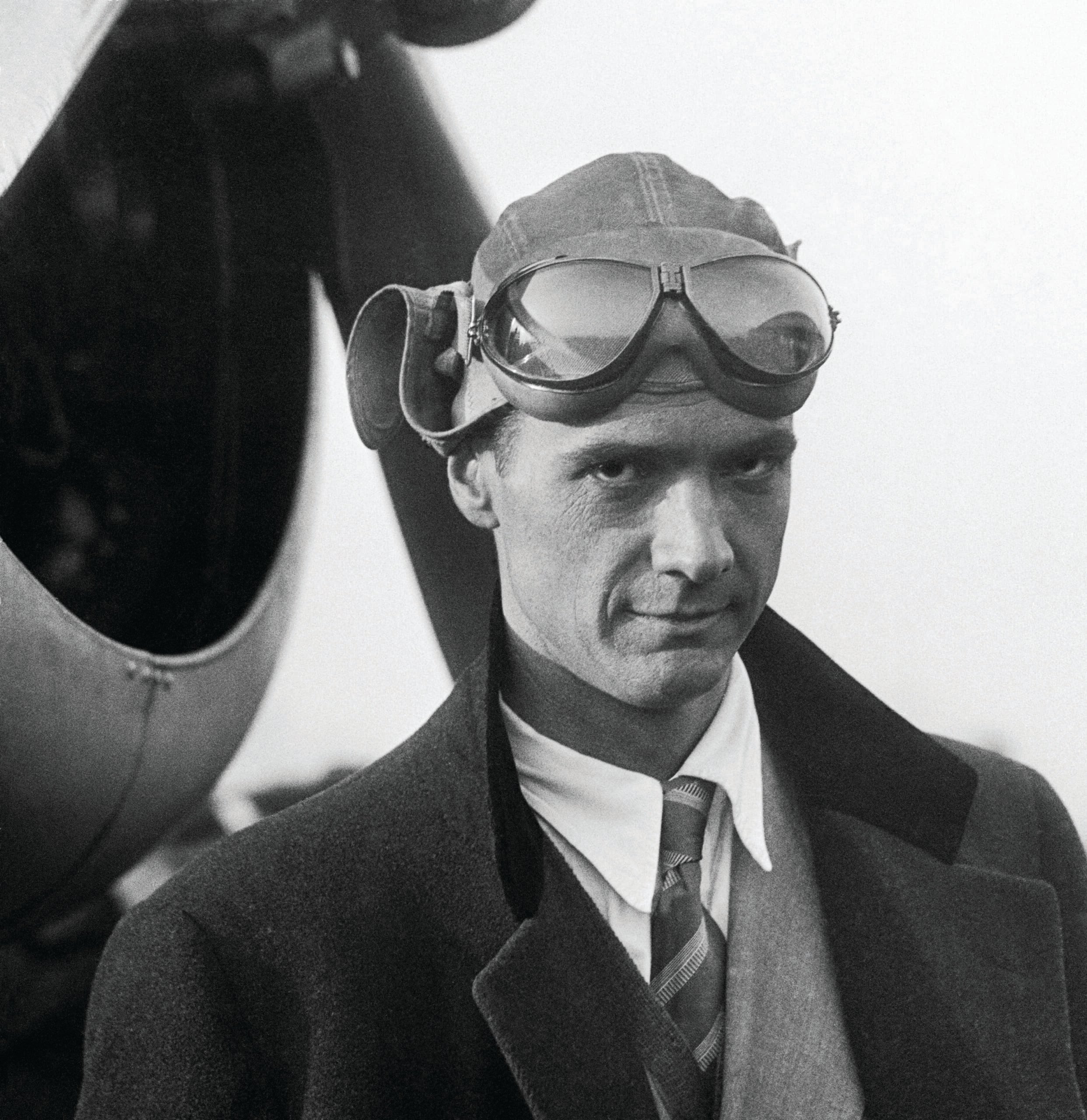
With Leonardo DiCaprio in the role of the eccentric billionaire, Martin Scorsese’s 2004 film The Aviator brought awareness of Hughes’ story to new generations of Americans. But perhaps underappreciated by the viewing public were the ways in which Hughes’ story was essentially a modern American tale, with striking similarities to the entrepreneurs and visionaries of today’s world.
Hughes was born in Texas in 1905, the son of inventor and businessman Howard Hughes Sr. The elder Hughes had invented a revolutionary type of oil-drill bit that not only came to dominate the developing Texas oil boom, but served as the foundation for the creation of the Hughes Tool Company in 1909. Tragically, both Hughes Sr. and his wife passed away within two years of each other, leaving the teenage Hughes Jr. as the majority owner of a large corporation and the substantial fortune that accompanied it.
This is where we begin to see the parallels that exist between Hughes and the business tycoons of today. Hughes decided to drop out of college to run his family’s business. While this decision would likely have been controversial or even taboo for many of his peers at the time, it’s fascinating to see how many of today’s global business icons followed a similar path. Bill Gates, François Pinault, Mark Zuckerberg, Steve Jobs, Larry Ellison and many others have gone on to fundamentally change the global economy in their own way, despite the lack of a college degree.
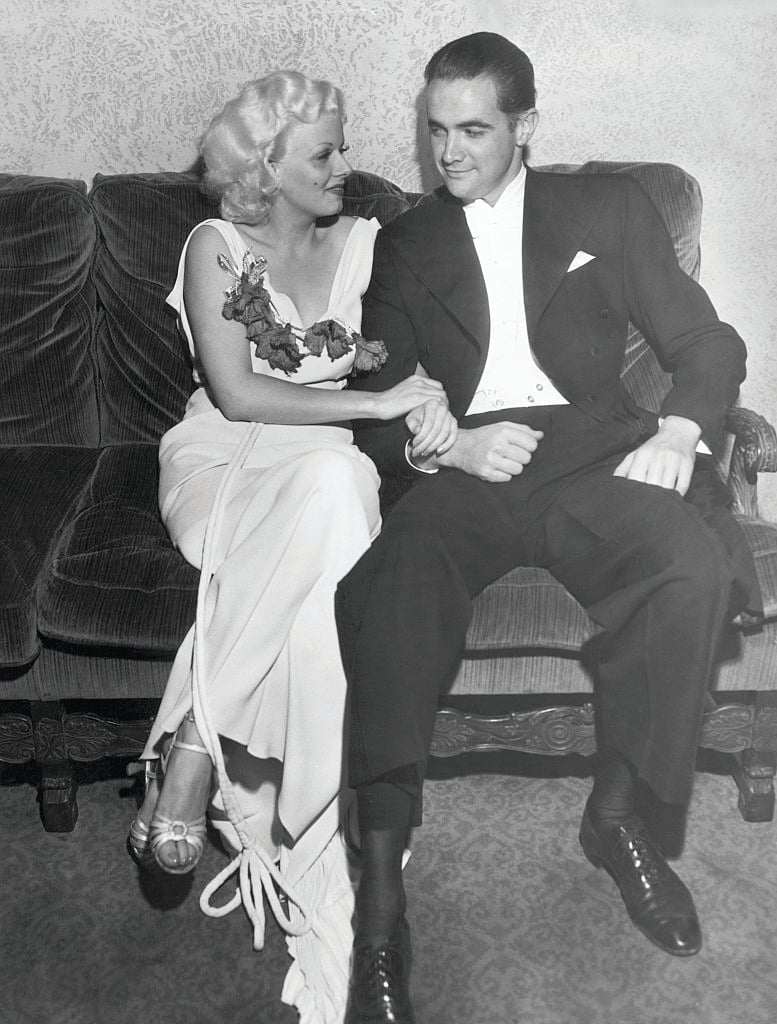
While Hughes Tool Company provided his initial wealth, it was Hollywood and the entertainment world that quickly grabbed his attention, enthusiasm, and money. The most famous, or infamous, of his productions was the World War I action film Hell’s Angels, one of the most expensive films ever produced at its release. It was also an early insight into Hughes’ mentality and psychological issues as he repeatedly altered production, seemingly ignored the original budget, and showed signs of his obsession for perfection that would only get worse over time.
A number of other productions followed, but just as significant as the films he produced was the way this turned a young Texan heir into a Hollywood tycoon. Purchasing RKO Radio Pictures, he became the first man to be the sole owner of a Hollywood studio. While he certainly had contemporaries during his time, and names like the Warner Brothers and Louis B. Mayer (MGM) have endured in the public mind, the way in which he used his wealth to push the film industry forward evokes today’s rapidly-shifting entertainment industry. Both heiress Megan Ellison of Annapurna Pictures, and Jeff Bezos with Amazon Prime Video, have used large personal fortunes to become entertainment powers, while companies like Netflix, Hulu and other streaming services have spent enormous sums of money to become Hollywood heavyweights and completely revolutionize the film and television industries.
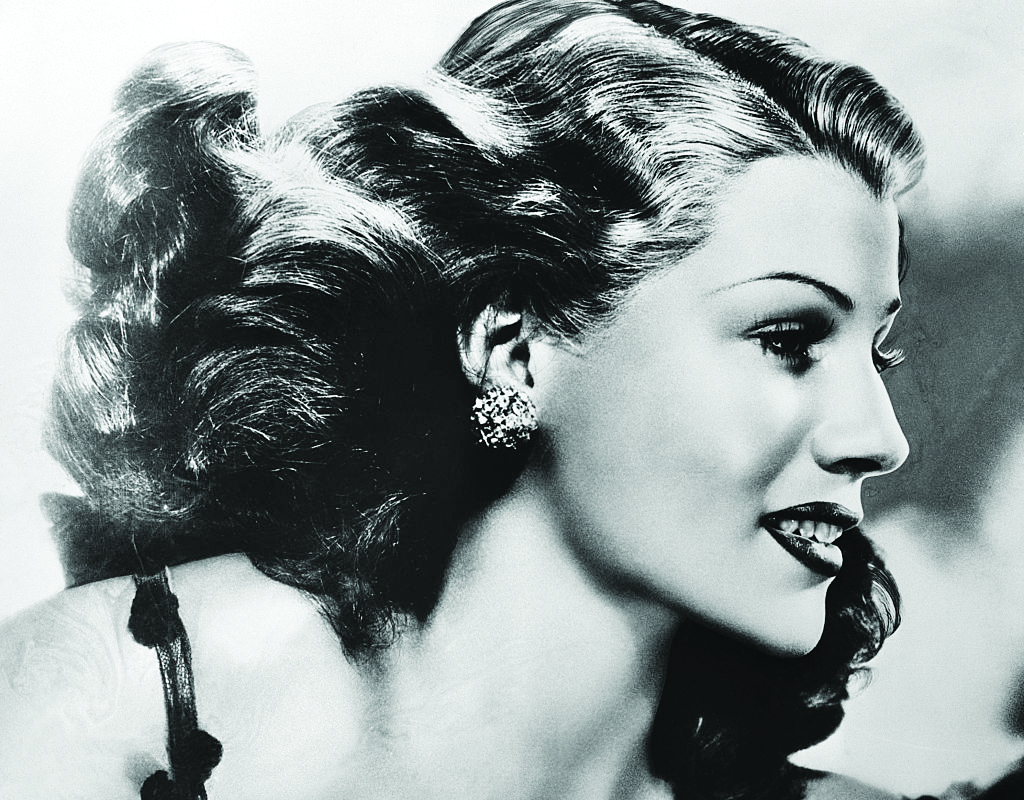
Of course, being an immensely wealthy scion of Hollywood brings with it many perks for a young man like Hughes. The starlets of the silver screen surrounded him, and he dated his way through Hollywood, including the biggest names of the era like Bette Davis, Katharine Hepburn, Hedy Lamarr, Rita Hayworth, Ava Gardner and Mamie Van Doren. Today, it’s commonplace to see the world’s wealthiest individuals involved with entertainment’s biggest names. Elon Musk married Talulah Riley and has been involved with Grimes, Snapchat’s Evan Spiegel married supermodel Miranda Kerr, and François-Henri Pinault has been married to actress Salma Hayek since 2009, to name just a few examples.
However it is hard to imagine the original billionaire class of Rockefellers and Carnegies welcoming such public attention. In this way, Hughes bridged the divide between the über-wealthy and über-famous, and also made charismatic tycoons like himself a new version of celebrity in the public consciousness. Self-promotion and public image are now cornerstones of business for many modern entrepreneurs (e.g. Richard Branson, Mark Cuban), and it would be hard to discount the way Hughes pioneered the branding of oneself as a way for business tycoons to grow even more influential and successful.
While it may be entertaining to recall the glitz and glamour of Hughes’ life, perhaps the only thing that captured his attention more than his string of lovers was his passion for airplanes and flying. Eventually growing into a large aerospace and defense contractor, Hughes Aircraft Company was started in 1932.
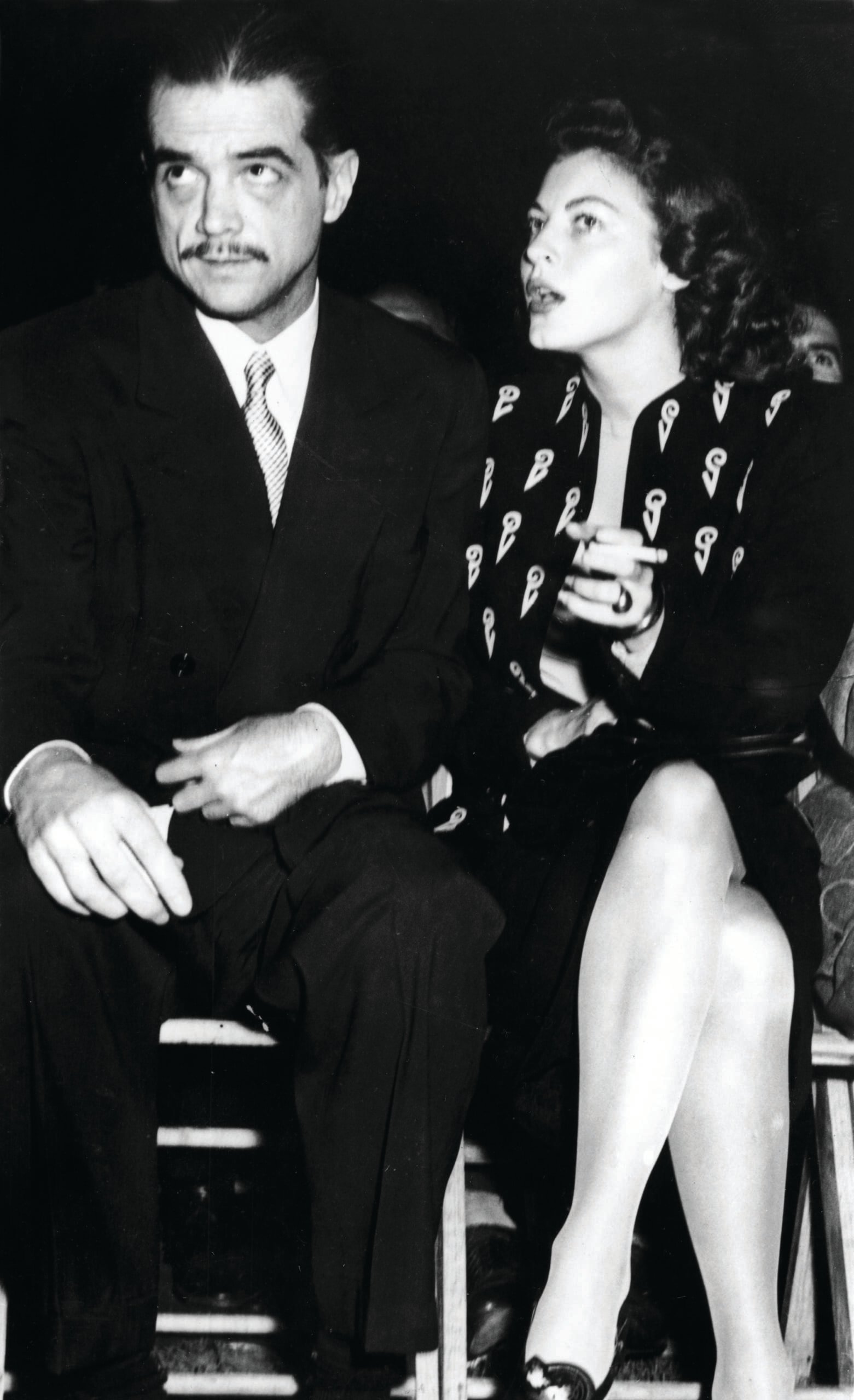
Hughes and his team developed a number of groundbreaking aircraft, and in the 1930s set a number of records including the fastest transcontinental airspeed (averaged 332 mph during his roughly 7.5 hour flight from Los Angeles to Newark) and the quickest round-theworld flight (just over 91 hours, leaving and arriving at New York City with stops in Paris, Moscow, Omsk, Yakutsk, Fairbanks and Minneapolis in between). If personally undertaking these recordsetting attempts seem ill advised for a billionaire, consider that Richard Branson has attempted world records in boats, hot-air balloons and even amphibious vehicles, often associated with grave potential risk.
It’s important to mention the risks taken by Hughes. After all, this was a man who survived multiple plane crashes in his life, including the infamous crash of his prototype XF-11 in 1946. A reconnaissance plane commissioned by the U.S. Army Air Forces, Hughes was at the controls of the XF-11 when it crashed in Beverly Hills, damaging or destroying multiple houses on the ground. Hughes suffered severe injuries and burns, and was fortunate to escape with his life.
Another of Hughes’ bold creations for the military was the Spruce Goose, the largest plane in the world at the time with a wingspan of about 320 feet. Although it would only fly once, with Hughes at the controls, it was another example of Hughes pushing the frontiers of engineering, science and technology. He was constantly pushing the limits of what was possible and significantly, this legacy has been taken up by the tycoons of the 21st century.
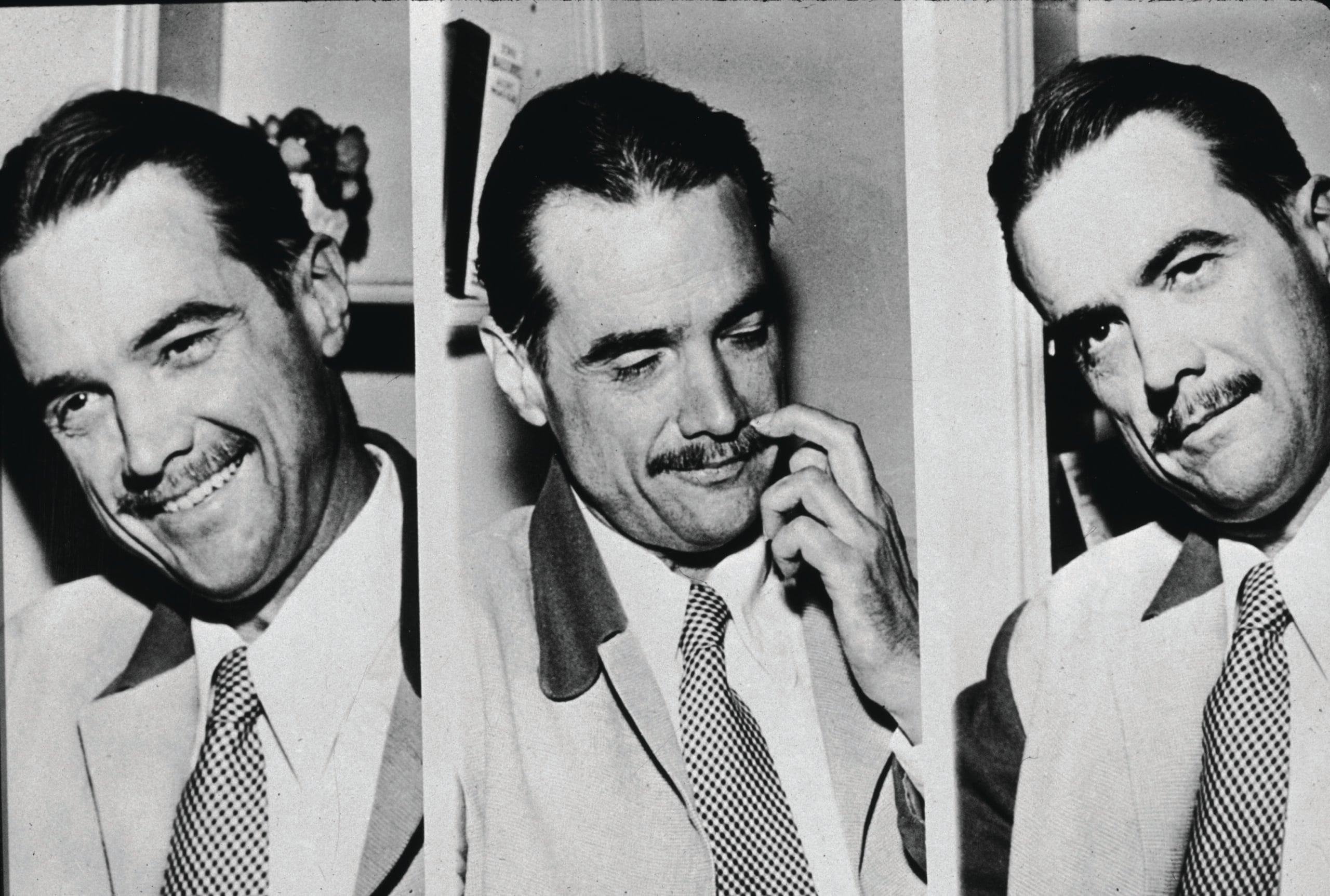
If the first half of the 20th century was the era that developed both the airplane and the airline industry, it seems as if the first half of the 21st century will potentially do the same for space travel. Billionaires like Elon Musk (SpaceX), Jeff Bezos (Blue Origin), Richard Branson (Virgin Galactic) and the late Paul Allen (Stratolaunch Systems) have all poured significant resources into pushing the technological capabilities of spacecraft and rockets, and could potentially cultivate a space travel revolution similar to the air travel industry that developed during Hughes’ life.
Over time, the Hughes Aircraft Company eventually grew to include helicopters, space probes, electronics and even guided missiles. Following Hughes’ death, the conglomerate, which was owned by the Howard Hughes Medical Institute (HHMI) was eventually broken up and sold off to industry giants like GM, Raytheon and Boeing. The HHMI meanwhile became a world-renowned institution for biomedical research and education. In this way, the legacy of Hughes and his company still contributes to scientific and healthcare advancements we rely upon today.
Throughout his life, Hughes’ empire continued to expand. After being asked by management to leave his room at Las Vegas’ Desert Inn in 1967 because he wasn’t gambling, Hughes simply bought the hotel. He soon owned a number of the cities’ casino hotels including the Sands, the Castaways,the Frontier, and the Landmark. It was a hospitality and gaming empire that would later be emulated by billionaires like Steve Wynn, Kirk Kerkorian, Sheldon Adelson and the Fertitta brothers. Today, these gambling empires and their billionaire owners, tycoons of the 21st century for whom Howard Hughes laid a roadmap, have impacted the world from Nevada to Monaco, and from London to Macau.
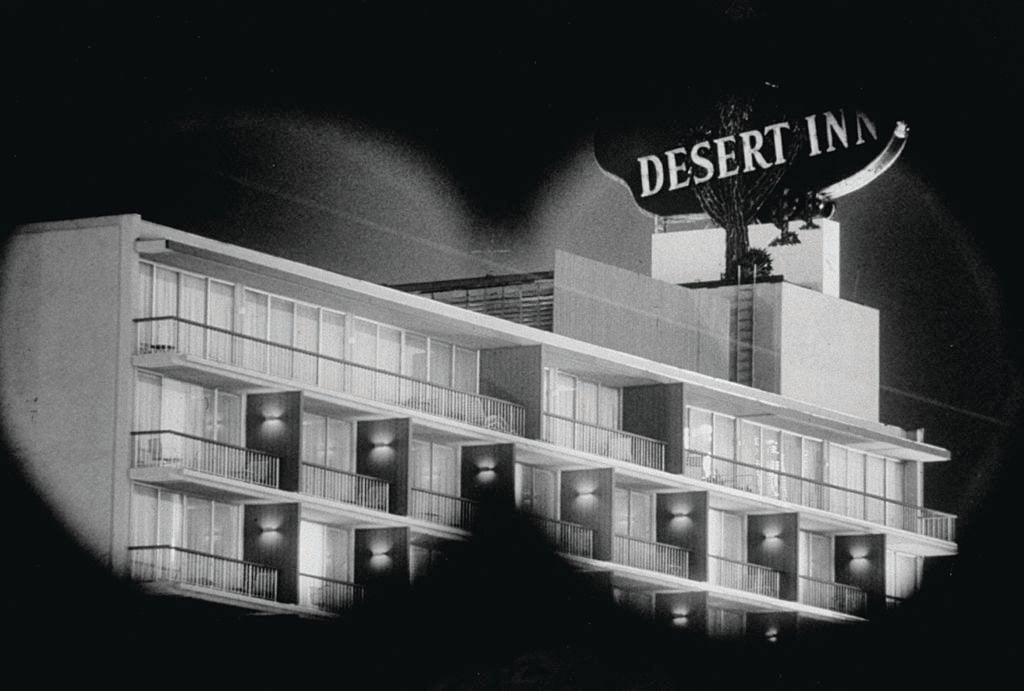
Hughes, who died at the age of 70 in 1976, was without question one of the most influential people of the 20th century. But upon closer inspection, the truth is that he’s also been such a role model and guide for future generations that his impact on the 21st century can also not be understated. The irony that the well-documented mental health issues that plagued Hughes in later life would today be far less vexing and misunderstood is perhaps the tragedy behind the success. One can only speculate what a mentally healthy Hughes could have achieved over his lifetime. A man who helped move the country, and the world, to new heights, despite being held down by the weight of internal struggle. That’s someone to admire, in any century
